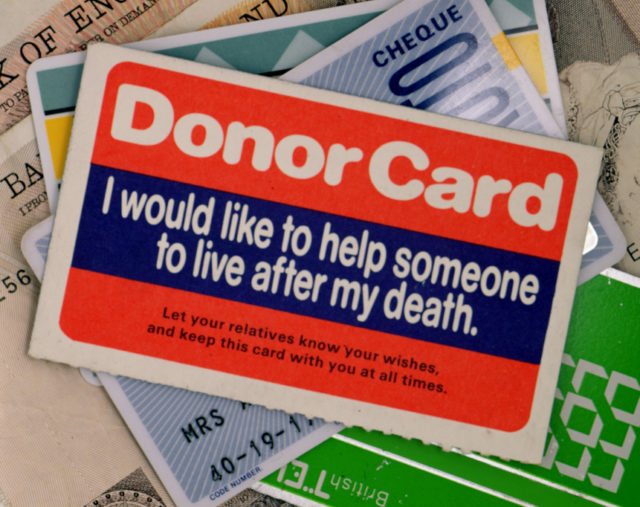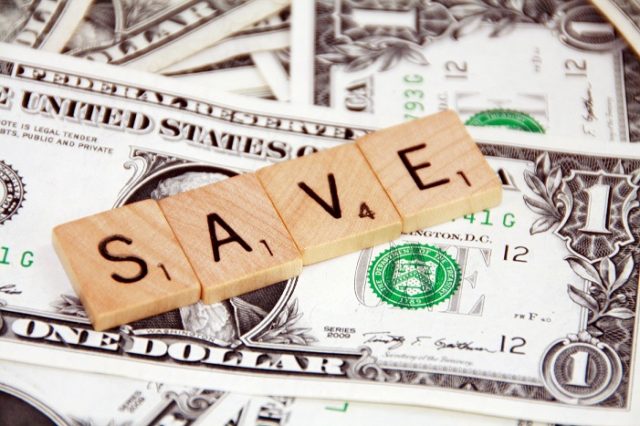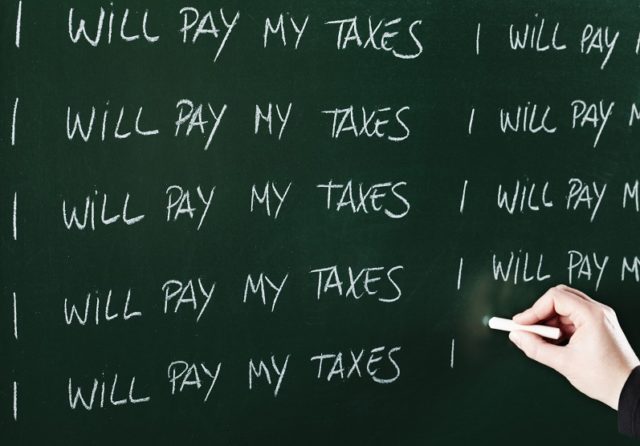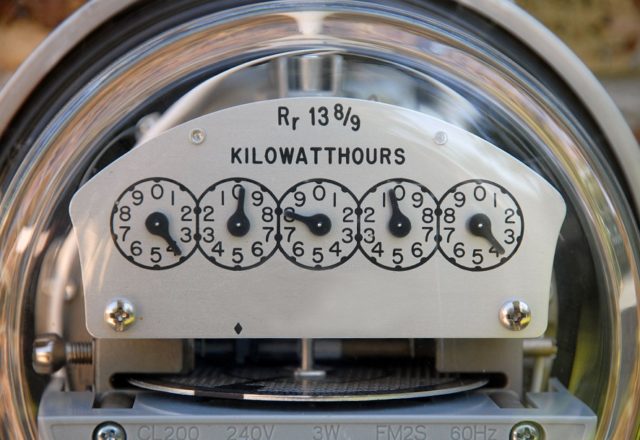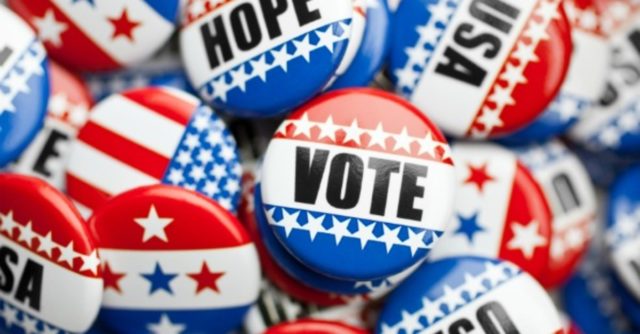A nudge is “any aspect of choice architecture that alters behavior in a predictable way without forbidding any options or significantly changing economic incentives.” Simply put, a nudge is anything that influences our decision-making in a positive way while still leaving the final call in our hands. Promoting the benefits and availability of water in a school is considered a nudge, whereas removing soda is not. If employed properly, we can use nudges to our advantage and drastically improve our world.
10. Quitting Smoking
Committed Action to Reduce and End Smoking (CARES) is a voluntary commitment program that attempts to help its users successfully quit smoking. Each new member will continuously deposit a sum of money into an account for six months (usually around how much they would have been spending on cigarettes). At the end of this period, a urine test is administered. If there’s no evidence of smoking, they get to keep the money. But if they fail, the money goes straight to charity. The findings showed that simply opening an account resulted in a 53% better chance to quit smoking!
9. Organ Donations
What do Austria, Belgium, France, Hungary and Poland all have in common? A 98% or higher consent rating on organ donation. Here in the United States, 90% of the population says they support organ donation, yet only 30% know the actual steps to becoming a donor. To make things worse, more than 123,000 people currently need lifesaving organ transplants.
So where does the problem lie? Are Europeans just more motivated to save lives than Americans? Nope — the difference lies in an opt-out vs opt-in system. In the aforementioned counties, the citizens are automatically enrolled into the donation system, with the option to opt-out of it whenever they want. In the United States, citizens must make a concerted effort to successfully become organ donors. If the idea of the government automatically enrolling you as an organ donor doesn’t resonate well you, there’s always the option to opt-out. However, for the majority of the population, the only thing standing between consenting citizens and hundreds of thousands of lives saved is a couple of phone calls, some consent forms and maybe a trip to the DMV. This simple nudge could potentially change lives around the world.
8. Healthier Eating
Millions upon millions are spent every year trying to encourage people to eat healthier. As it turns out, maybe advertisements, health awareness groups and nutritionists aren’t what the world needs right now. An experiment was conducted to test the significance of changing certain food group locations in a school cafeteria. The idea was that they’d place the healthier food closer to the consumer and the less-healthy stuff at a less accessible level (yet still within arm’s reach). This simple change prompted sales of healthier foods to increase by 18%, while unhealthy food decreased by 28%! A realignment of food could put us back in our digestive system’s good graces.
7. Weight Loss
More than two-thirds of the population of the United States falls under the overweight or obese category. And since obesity is closely associated with fatal illnesses such as diabetes, high blood pressure, heart attacks and many others, it’s time we look for a permanent solution. In one study, researchers wanted to test the difference between the use of a spoon and tongs as a means of serving food. What they found was that there was an average intake reduction of food by 16.5% when using tongs. Now, the use of tongs is only possible at places like salad bars and buffets. However, it was the visual cue of portion sizes that made the biggest difference. So we can generalize these findings to reduce food consumption by simply reducing plate sizes or using other visual cues.
6. Saving Money
Retirement savings is becoming increasingly important as life expectancy goes up and the economy struggles. And yet many people either don’t enroll in these programs or only stay at the default contribution rate. Could an automatic default system be the solution to increasing contribution rates? To test this problem and potentially work out a solution, a program called SMarT was developed. Participants automatically have their contribution rates increased every time they receive a pay raise. The idea was that instead of manually changing your contribution rates (because no one was doing that), the program would do it for you. The results? Average savings rates soared from 3.5% to 13.6% in around 40 months, while the control group’s contribution remained static.
5. Paying Taxes
We all have to pay taxes. They feed our government and allow them to allocate funds to medicare, the military, agriculture, education and other essentials. But compliance in paying taxes on time isn’t optimal. Failure to pay on time can result in harsh penalties, with interest rates that are through the roof! Luckily, there’s a way to increase compliance rates.
We all have to pay taxes. They feed our government and allow them to allocate funds to Medicare, the military, agriculture, education and other essentials. But even with tax software and tax calculators abundantly available, compliance in paying taxes on time isn’t as easy as it sounds. Failure to pay on time can result in harsh penalties, with interest rates that are through the roof! Luckily, there’s a way to increase compliance rates.
The Behavior Insight Team is a nudge team that works with different government offices in the United Kingdom to incorporate what we know about behavior into public policies. They wanted to test the effects of using social normative messages in tax letters. What they found was that by placing “9 out of 10 of your neighbors have already paid their taxes” at the bottom of the letter boosted payments by 15%.
4. Seeking a Higher Education
Generally speaking, the higher your education level, the higher your income. Despite this, only 51% of students coming from a low-income family enroll in college (as opposed to 81% of their wealthier counterparts). But a simple text message could increase the amount of low-income high school seniors who choose to go to college. UAspire, a non-profit organization, would send one or two customized messages (generally reminders of college requirements) per week to 2,200 high school seniors living in low-income areas. Those who received the reminders were 7.1% more likely to enroll. What’s even more amazing is that the text messages increased enrollment rate by 11.3% among students who had no defined college plan!
3. Conserving Energy
There’s nothing we can say about the importance of conserving electricity that hasn’t been said before. Wastefulness puts a dent in our environment and our pockets. That’s why American electricity company Opower explored the use of nudges in encouraging people to lower their expenditure. Opower would send monthly reports to its users on how their electric consumption stacked up against their neighbors. It would provide reinforcements such as “Last month you used 23% more electricity than your neighbors” or “Last month you used 11% less than your neighbors,” along with bar graphs so users could visually compare these differences. The study found that consumption was reduced by 2%. That sounds small, but it’s a huge difference once you factor in how much money and energy it represents.
2. Voter Turnouts
In the 2012 American presidential election, only 64% of the population voted. That’s a staggering number when you consider the impact that 36% could have made. For some, the refusal to participate stems from conflicting ideologies or a stand against the government system, but others just plain can’t be bothered. An experiment was conducted to examine the effects of calling potential voters before elections. The standard way of doing this would be to call a potential voter and ask them whether they will be voting or not. However, the trick here was to implement a voting strategy while on the phone. They shifted their focus from yes or no questions to “Where will you be voting,” “At around what time will you be voting,” and “What will you be doing before you go vote?” The results showed a 4.1% increase in turnout amongst those were contacted this way.
1. Charity
Charity is one of the most important structures in any progressive society. Billions of dollars are funneled into different organizations to help fund whatever admirable cause they support. But many people want to make donations and yet hardly ever do.
While working with Deutsche Bank, the Behavior Insight Team tested ways to make employees donate a day’s paycheck to charity. One group of employees was greeted with candy as soon as they walked in the building, another were sent personalized emails by the CEO asking whether they would be interesting in donating, and a third group was targeted with both strategies. Only 5% of employees donated a day’s paycheck in the control group. The candy group hit 11%, the personalized email group 12% and the combined group 17%. Bank staff donated over 500,000 euros that day. Now imagine if every company in the world gave this a try.

